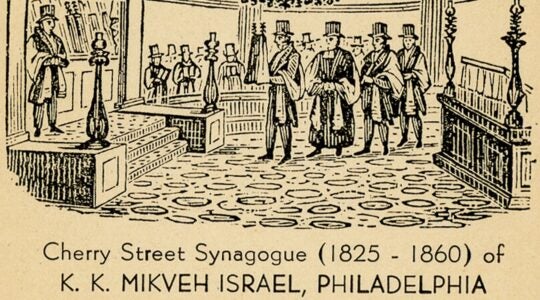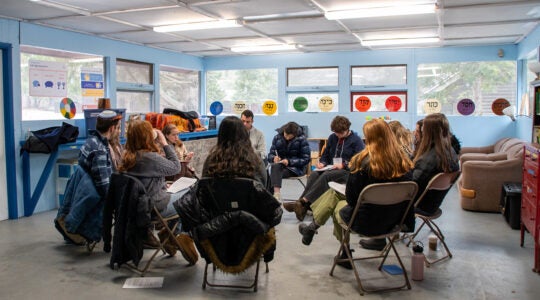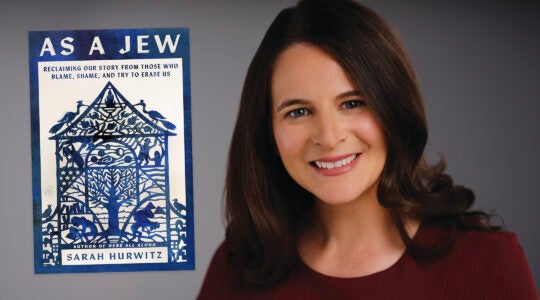It’s difficult to understand why the Orthodox Union, which serves more than 400 congregations around the country, is expending so much time and energy on the issue of women’s roles in the clergy. We think they doth protest too much.
Though its rabbinic arm, the Rabbinical Council of America, has issued three separate prohibitions since 2010 against women serving in a rabbinic function, the OU spent a year and half focusing on the same issue, putting together a panel of nine rabbinic experts who came to the same conclusion. The rabbis’ prohibition, issued in February and backed up by the OU, was based on the notion that women serving in the clergy diverges from the “halachic ethos” and is contrary to traditional Jewish gender roles.
Now, as The Jewish Week has learned, the OU leadership is holding meetings with the only four member-synagogues that employ women clergy. (See story on Page 1.) The meetings appear to be aimed at seeking a path for compromise, though some of the synagogue leaders are concerned their congregations will be expelled if they don’t conform to the OU’s guidelines.
If that comes to pass, who will be the loser here?
It could cause a split within the Modern Orthodox community and, as Jonathan Sarna, a professor of American Jewish history at Brandeis University, told us this week: “The question that Orthodox leaders have to ask themselves is whether such a division would ultimately strengthen Orthodoxy in America or weaken it.”
The narrow issue of the moment focuses primarily on the women’s clerical titles; any designation suggesting a rabbinic role is problematic for the OU. The wider issue, though, is why an organization whose annual budget is believed to be well in excess of $100 million and which has the authority, reach and resources to transform the Orthodox community, is making such a narrow concern its red-line issue.
The OU rabbinic panel acknowledged and praised the fact that increasing numbers of young women in the Orthodox community are involved in advanced Torah study and becoming expert teachers. And the OU leaders will learn from their meetings with the four synagogues that the great majority of the work performed by the women in clerical roles is educational and pastoral, as exemplary role models in their congregations, and clearly within halachic boundaries.
Rather than agonizing over where a woman stands in offering a sermon on Shabbat morning or whether it should be delivered before or after the Musaf service, would it not be wiser for the OU to devote its efforts to finding creative ways to further enhance female participation in Orthodox life? And it could be aggressively addressing persistently troubling issues like abuse in the community and efforts to free agunot (women unable to receive a religious divorce).
We hope the OU leaders learn from their fact-finding mission that educated, talented and committed women play a vital role in congregational life — one that should be encouraged rather than stifled.
The New York Jewish Week brings you the stories behind the headlines, keeping you connected to Jewish life in New York. Help sustain the reporting you trust by donating today.




